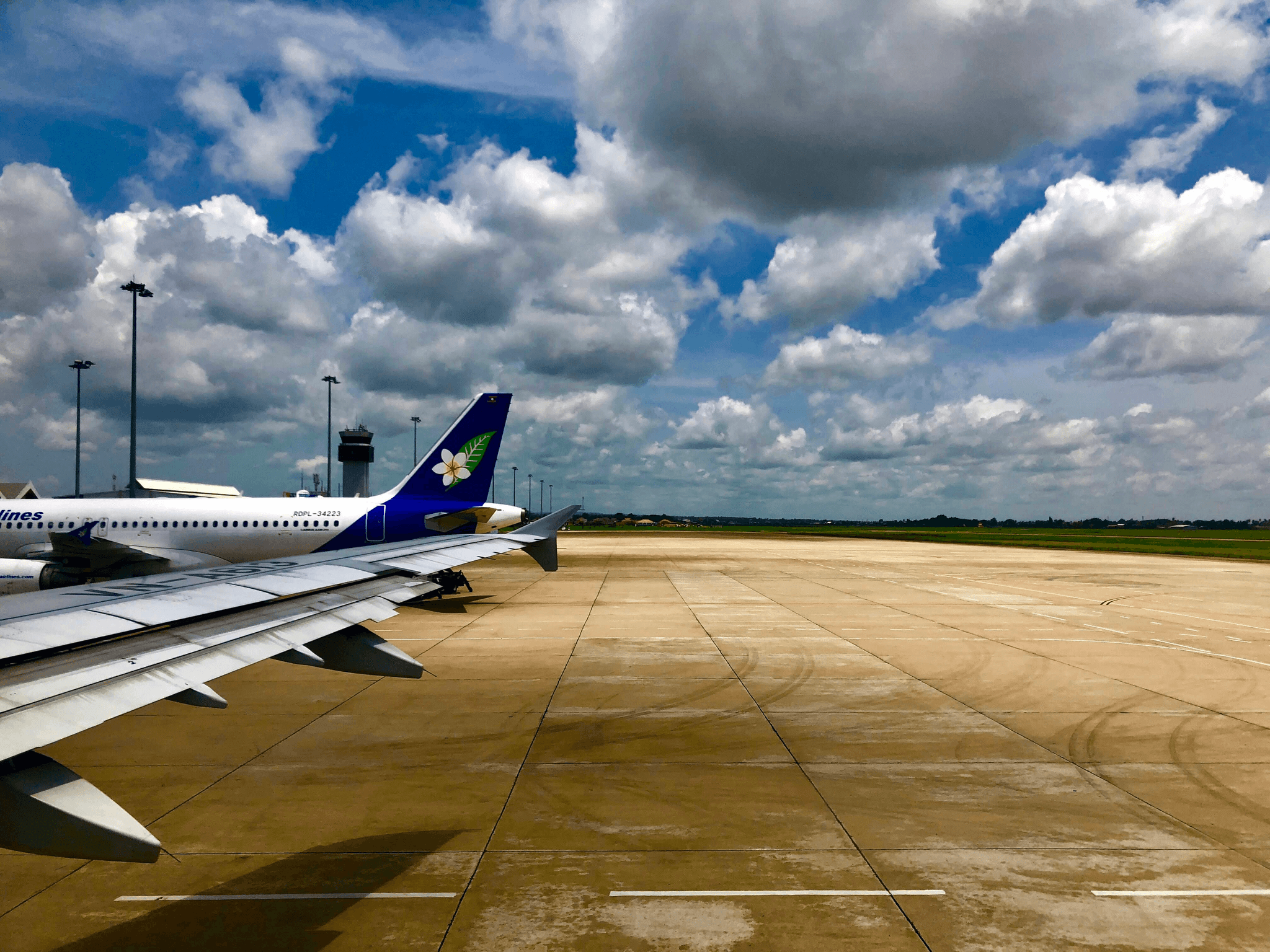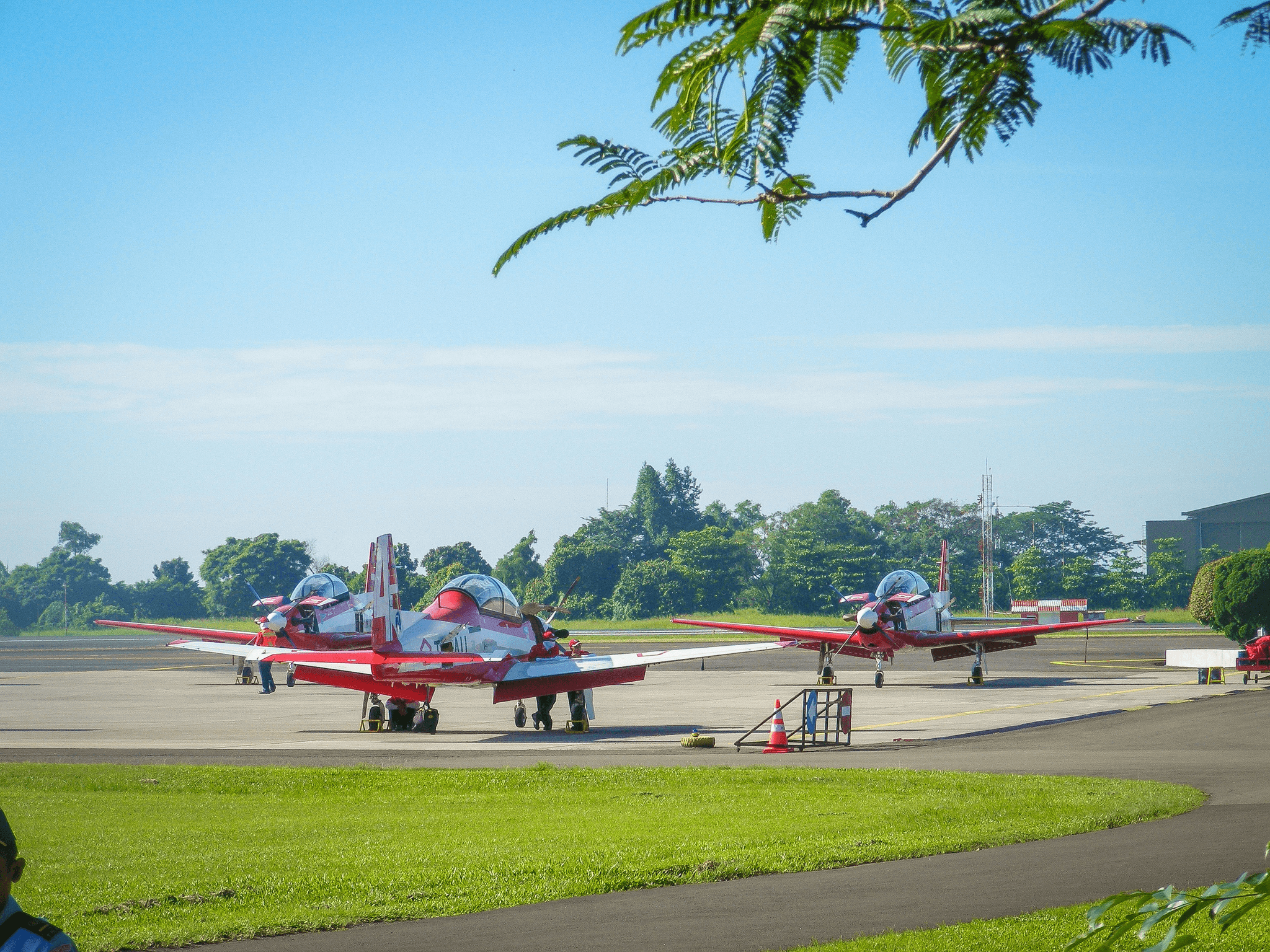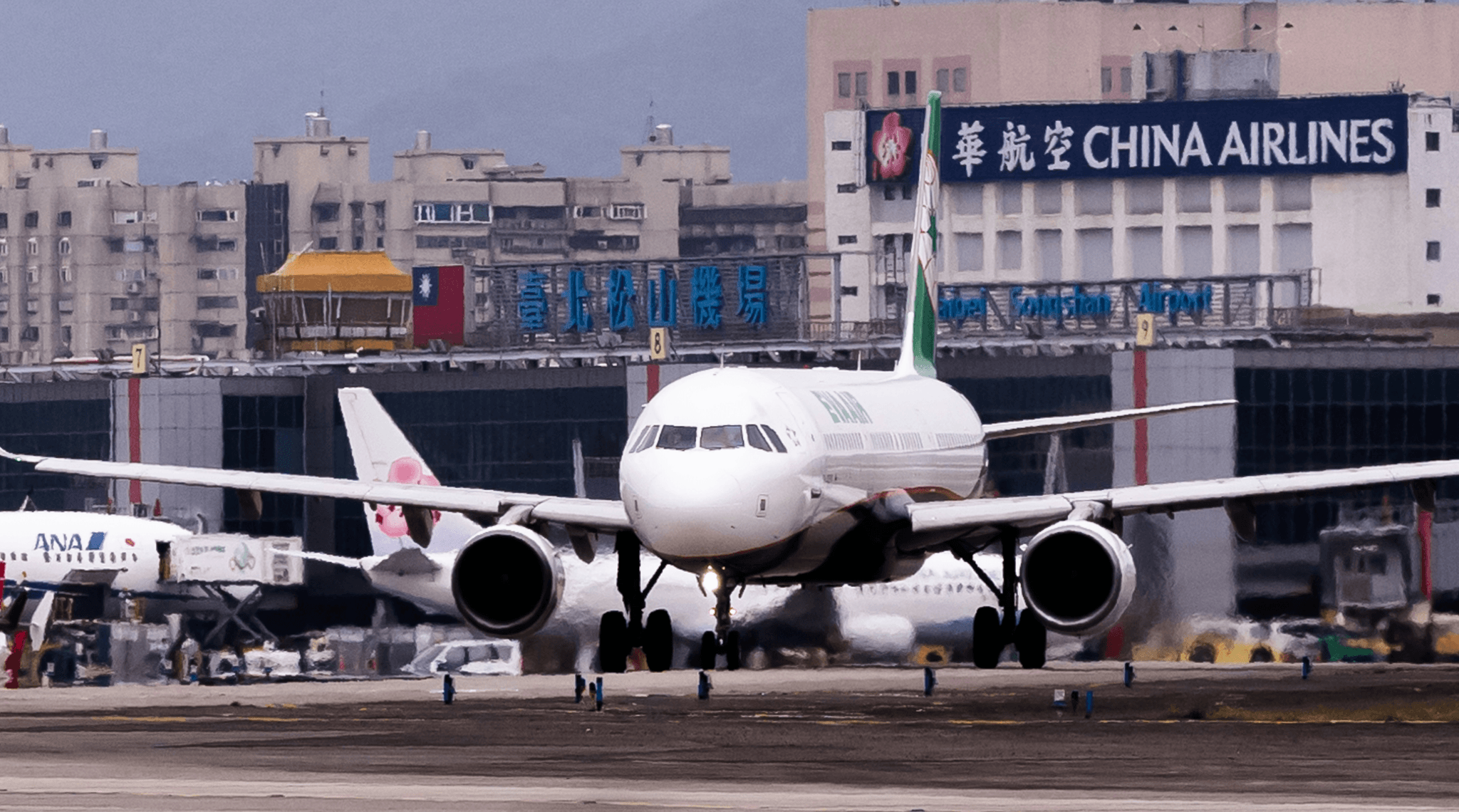Introduction

In the fast-paced world of aviation, Airport Collaborative Decision Making (A-CDM) has emerged as a game-changer, revolutionizing the way airports manage their operations. A-CDM involves a collaborative approach between airport stakeholders to optimize efficiency and minimize delays. This innovative concept has proven to be instrumental in enhancing airport productivity and streamlining air traffic management.
Understanding Airport Collaborative Decision Making (A-CDM)
At its core, A-CDM is a process that allows all airport partners to share real-time data, enabling them to make more informed decisions and better coordinate their activities. By fostering collaboration among airlines, ground handlers, air traffic control, and other stakeholders, A-CDM promotes a more efficient use of resources and reduces unnecessary delays.
A-CDM also enhances safety and security at airports by providing a more comprehensive and accurate picture of all activities on the ground and in the air. This real-time data sharing allows for better monitoring of aircraft movements, passenger flows, and baggage handling, which can help identify potential security risks or safety hazards more quickly. Additionally, by streamlining operational processes and reducing unnecessary delays, A-CDM contributes to a smoother and more predictable travel experience for passengers.
Benefits of Implementing A-CDM at Airports
The implementation of A-CDM brings with it a myriad of benefits for airports, including improved punctuality, enhanced predictability in operations, reduced taxiing times for aircraft, and optimized use of available capacity. By leveraging real-time data sharing and collaborative decision making, airports can significantly enhance their overall operational efficiency.
Furthermore, A-CDM implementation can lead to a reduction in fuel consumption and emissions, contributing to a more sustainable and environmentally friendly airport operation. This is achieved through improved traffic flow management, reduced holding times, and more efficient ground handling processes. By minimizing unnecessary aircraft movements and optimizing flight schedules, airports can play a significant role in reducing their carbon footprint while also saving on operational costs.
The Role of Airfield Operations Management in Airport Productivity
Airfield Operations Management plays a crucial role in ensuring smooth airport operations by coordinating runway usage, apron activities, and surface movement guidance. By integrating A-CDM into airfield operations management practices, airports can effectively streamline ground movements and optimize the utilization of resources.
By integrating A-CDM into airfield operations management practices, airports can effectively streamline ground movements and optimize the utilization of resources. This collaborative decision-making approach allows for better coordination between airlines, ground handlers, and air traffic control, leading to improved punctuality and reduced delays. Furthermore, A-CDM enables real-time data sharing, which enhances situational awareness and enables proactive decision-making to mitigate potential disruptions.
Implementing Airport Collaborative Decision Making (A-CDM)

Airport Collaborative Decision Making (A-CDM) is a key concept in aviation that aims to improve the overall efficiency of airport operations by enhancing the flow of information between stakeholders. This collaborative approach allows for better decision making and planning, leading to reduced delays and improved punctuality.
What is CDM in aviation?
Collaborative Decision Making (CDM) in aviation refers to the process of stakeholders working together to make informed decisions that benefit the entire airport ecosystem. It involves sharing real-time data and information to optimize operational efficiency, minimize disruptions, and enhance safety.
Additionally, CDM involves the coordination of various airport operations, such as ground handling, air traffic control, and airline operations. By working together, stakeholders can anticipate potential issues and proactively address them to ensure smooth and efficient airport operations. This collaborative approach also allows for better resource allocation and utilization, ultimately leading to cost savings for airlines and improved passenger experience.
Key Components of A-CDM
The key components of A-CDM include improved situational awareness, accurate and timely data sharing, enhanced predictability, and collaborative decision-making processes. By integrating these components, airports can streamline operations, reduce taxi times, and optimize resources for a more efficient workflow.
Case Study: Successful Implementation of A-CDM at Heathrow Airport
Heathrow Airport successfully implemented A-CDM, resulting in significant improvements in on-time performance and overall operational efficiency. By fostering collaboration among airlines, ground handlers, air traffic control, and other stakeholders, Heathrow was able to reduce delays and enhance passenger experience.
Furthermore, the successful implementation of A-CDM at Heathrow Airport has also led to a reduction in fuel consumption and carbon emissions, contributing to the airport's sustainability efforts. This has not only improved the environmental impact of air travel but has also positioned Heathrow as a leader in sustainable airport operations. Additionally, the collaborative approach taken by all stakeholders has fostered a culture of continuous improvement, leading to ongoing enhancements in operational processes and passenger services.
Haisen's Advanced Surface Movement Guidance Control System

Functions and Features of Haisen's Advanced SMGCS
Haisen's Advanced Surface Movement Guidance Control System (SMGCS) is a state-of-the-art technology designed to enhance airport safety and efficiency. It provides real-time surveillance of aircraft and vehicles on the ground, offering precise guidance for taxiing, runway incursion prevention, and adverse weather operations.
By integrating Haisen's SMGCS with Airport Collaborative Decision Making (A-CDM), airports can further improve operational efficiency and reduce delays. A-CDM allows for better coordination between airport stakeholders, such as airlines, ground handlers, and air traffic control, by sharing real-time data and information. When combined with Haisen's advanced SMGCS, A-CDM can provide enhanced situational awareness and decision-making support, leading to smoother ground operations and optimized use of airport resources.
Benefits of Integrating Haisen's SMGCS with A-CDM
Integrating Haisen's SMGCS with Airport Collaborative Decision Making (A-CDM) brings numerous benefits to airport operations. By providing accurate situational awareness and seamless coordination between air traffic control and ground movements, it reduces delays, enhances safety, and optimizes overall airport efficiency.
Case Study: Improved Airport Efficiency with Haisen's SMGCS Implementation
At London Heathrow Airport, the implementation of Haisen's SMGCS resulted in a significant improvement in airport efficiency. With enhanced visibility and guidance for ground movements, the airport experienced reduced taxiing times, minimized delays, and increased capacity utilization.
Furthermore, the implementation of Haisen's SMGCS at London Heathrow Airport also led to improved safety and security measures. The system's advanced technology provided real-time monitoring and alert systems, reducing the risk of runway incursions and potential accidents. This enhanced safety not only benefited passengers and crew but also contributed to the airport's overall reputation as a reliable and secure travel hub.
Collaborative Approach to Airport Operations

Importance of Collaborative Decision Making in Air Traffic Management
Collaborative Decision Making (CDM) in air traffic management is crucial for optimizing airport operations and enhancing overall efficiency. By involving all stakeholders in the decision-making process, CDM ensures better coordination and communication, leading to improved air traffic flow and reduced delays.
Furthermore, CDM allows for real-time sharing of critical information among airlines, airports, air traffic control, and other relevant parties. This instant exchange of data enables quick decision-making and proactive problem-solving, ultimately leading to smoother operations and a more seamless passenger experience. Additionally, by promoting transparency and collaboration, CDM fosters a culture of trust and mutual understanding among stakeholders, paving the way for more effective crisis management and contingency planning.
Case Study: Enhancing Airport Productivity with Collaborative Approach at Amsterdam Airport Schiphol
Amsterdam Airport Schiphol has successfully implemented a collaborative approach to airport operations, resulting in enhanced productivity and streamlined processes. By fostering collaboration among airlines, ground handlers, air traffic control, and other key players, the airport has achieved significant improvements in on-time performance and overall operational efficiency.
The Future of Collaborative Decision Making in Air Traffic Control
As technology continues to advance, the future of collaborative decision making in air traffic control looks promising. With the integration of innovative solutions such as A-CDM and advanced SMGCS like Haisen's system, airports can expect even greater levels of efficiency and productivity in the years to come. These advancements will also lead to improved safety measures, as real-time data sharing and decision-making will enable quicker responses to potential risks or emergencies. Additionally, collaborative decision making will facilitate smoother coordination between different stakeholders in the aviation industry, resulting in reduced delays and enhanced passenger experience.
Conclusion

Optimizing Airport Operations with A-CDM and Haisen's SMGCS
Implementing Airport Collaborative Decision Making (A-CDM) and integrating Haisen's Advanced Surface Movement Guidance Control System (SMGCS) are crucial steps for optimizing airport operations. By leveraging the benefits of A-CDM and Haisen's SMGCS, airports can streamline airfield operations, improve efficiency, and enhance overall productivity.
By implementing A-CDM and integrating Haisen's SMGCS, airports can also improve safety by reducing the risk of runway incursions and other ground-related incidents. This is achieved through enhanced situational awareness and better coordination among all stakeholders involved in airfield operations. Additionally, the integration of these systems can lead to a more seamless flow of information between air traffic control, airlines, ground handlers, and other relevant parties, ultimately contributing to a safer and more efficient airport environment.
Key Strategies for Boosting Airport Productivity
To boost airport productivity, it is essential to focus on implementing collaborative decision-making processes, integrating advanced SMGCS technology, and fostering a culture of cooperation among all stakeholders involved in airport operations. By embracing these key strategies, airports can achieve significant improvements in operational efficiency and passenger experience.
In addition to the tangible benefits of improved operational efficiency and passenger experience, embracing collaborative decision-making processes, advanced SMGCS technology, and a culture of cooperation can also lead to cost savings for airports. By streamlining communication and coordination among stakeholders, airports can reduce delays, minimize fuel consumption, and optimize resource allocation. This not only enhances productivity but also contributes to environmental sustainability by reducing the carbon footprint of airport operations.
The Impact of A-CDM and Collaborative Decision Making on Airport Efficiency
The impact of A-CDM and collaborative decision-making practices on airport efficiency cannot be overstated. These initiatives lead to better coordination among all parties involved in air traffic management, resulting in reduced delays, optimized resource utilization, and enhanced safety standards. The future of airport operations lies in the continued adoption of A-CDM principles and collaborative approaches.
Furthermore, the implementation of A-CDM and collaborative decision-making practices also contributes to environmental sustainability. By reducing delays and optimizing resource utilization, airports can minimize fuel consumption and emissions, leading to a more eco-friendly operation. This emphasis on sustainability aligns with the global push for greener aviation practices and positions airports as responsible stewards of the environment. As such, prioritizing A-CDM and collaborative approaches not only improves efficiency but also demonstrates a commitment to environmental conservation.
